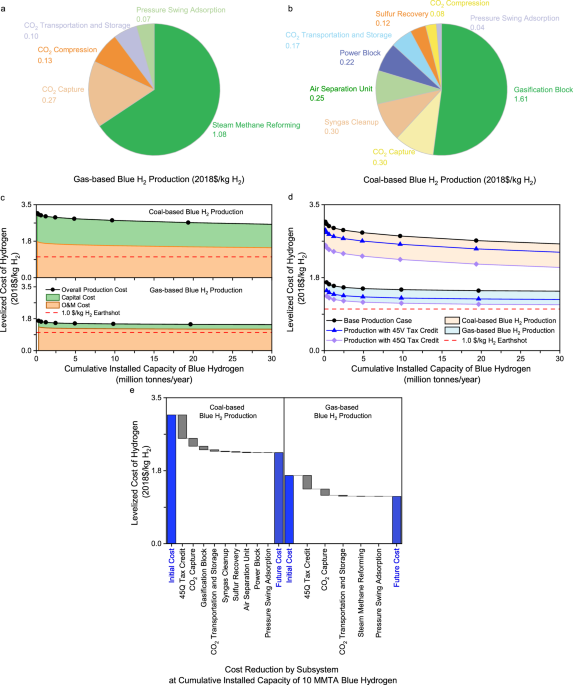Driving the Clean Hydrogen Revolution in the United States
Key Ideas
- The U.S. is investing significantly in clean hydrogen to achieve emissions reductions, create jobs, and enhance energy security by 2050.
- The Bipartisan Infrastructure Law has allocated $9.5 billion for clean hydrogen initiatives, aiming to establish Regional Clean Hydrogen Hubs across the nation.
- Tax credits and incentives like the Inflation Reduction Act of 2022 are set to stimulate the deployment of clean hydrogen technologies and carbon sequestration.
- Global trends show a shift towards low-carbon hydrogen production, with a focus on reducing costs and increasing efficiency through technological advancements.
The United States is prioritizing the development of clean hydrogen as a crucial component of its energy transition strategy. With the aim of achieving significant emissions reductions, promoting job growth, and ensuring energy resilience by 2050, the U.S. has earmarked substantial investments, including $9.5 billion from the Bipartisan Infrastructure Law. These funds are allocated for initiatives that support the establishment of Regional Clean Hydrogen Hubs across the country, leveraging both zero- and low-carbon hydrogen technologies.
The U.S. National Clean Hydrogen Strategy and Roadmap outlines ambitious production targets for clean hydrogen over the next three decades, with an emphasis on transitioning to sustainable and equitable energy sources. Despite the cost disparity between green and blue hydrogen production, efforts are being made to drive down costs and enhance efficiency, particularly through initiatives like the Energy Earthshots Initiative, which includes the Hydrogen Energy Earthshot aiming to reduce the cost of clean hydrogen to $1 per kilogram by 2030.
Moreover, the implementation of tax credits and incentives through the Inflation Reduction Act of 2022 is expected to accelerate the adoption of clean hydrogen technologies and carbon sequestration practices. These measures aim to incentivize the reduction of greenhouse gas emissions and promote the growth of blue hydrogen production, which serves as a transitional pathway towards a zero-carbon hydrogen economy.
Globally, there is a growing focus on advancing low-carbon hydrogen production technologies, with an emphasis on enhancing performance and cost-effectiveness. The evolution of fossil fuel-based hydrogen production, coupled with carbon capture and storage, highlights the potential for scaling up clean hydrogen production while mitigating environmental impact. As the industry continues to innovate and optimize production processes, the future of clean hydrogen appears promising in driving sustainable energy solutions.
